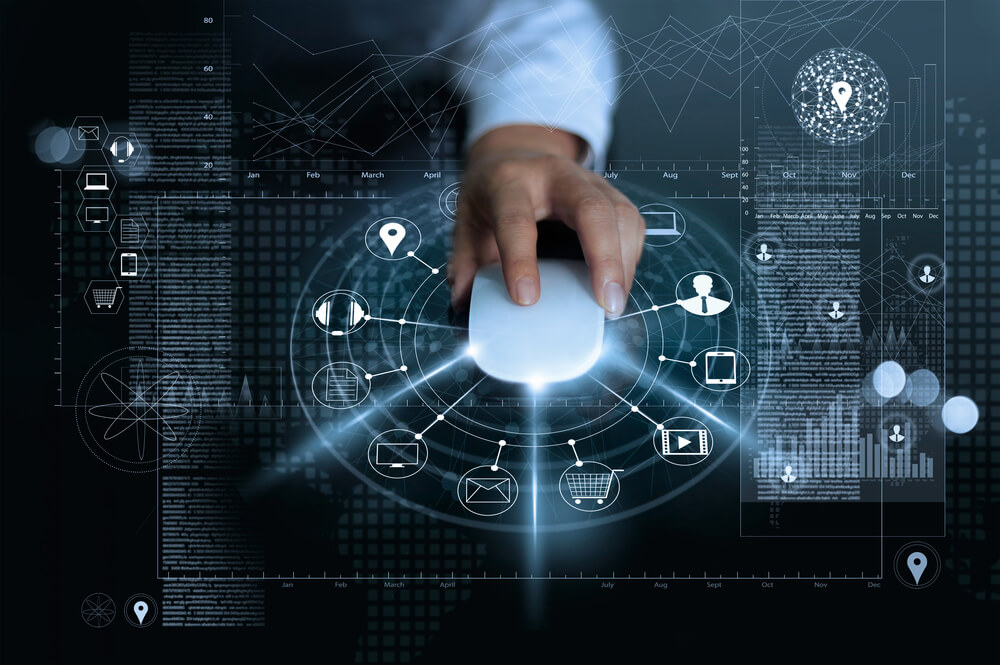Building an Effective Omnichannel Retail Strategy with GeoIP Database Lookup

Most retailers nowadays harness the power of the Internet to reach a broad range of consumers. But it doesn’t mean e-commerce has made physical facilities redundant. In fact, many shoppers like to use both channels, sometimes even nearly real time to complete a purchase.
For instance, some might “window shop” online to quickly evaluate alternatives and availabilities but then buy in-store so they can make sure a chosen product fits their needs. Or, on the contrary, they might check out physical items first but end up ordering online out of convenience.
It’s all about giving choices and possibilities these days to consumers so they successfully go through the buying journey.
For that reason, retail businesses have migrated toward omnichannel. In this post, we’ll talk about omnichannel retailing and illustrate how IP Geolocation can add value to the shopping experience.
What Is Omnichannel Retailing?
Omnichannel retailing is a method of selling goods and services via brick-and-mortar shops and pop-up stores as well as mobile apps and e-commerce sites in an integrated fashion.
Differentiating between these shopping modalities — offline and online — is difficult as customers themselves hardly make a difference. The use of omnichannel retailing gives target customers the freedom to choose where and how they want to buy.
Using more than one channel to operate a retail store is a worthy investment. According to the 2018 Holiday Study of the National Retail Federation, shopping through different channels increased by as much as 40% compared to last year. Roughly 54% of consumers shop both in-store and online during the holiday season. Buyers who used more than one method bought US$93 more compared to those who only used one channel.
Using GeoIP Database Lookup for Omnichannel Retailing
Geolocation plays a crucial role in improving a buyer’s online experience who first research products online even if they plan to purchase these offline; or the other way around. Here are some omnichannel retailing success stories:
- Sears: Retail giant Sears has various online tools that allow buyers to maximize their purchasing experiences. Sears offers a store finder, an in-store inventory-checking tool, and a store pickup application. All of these offerings were made possible with the use of geolocation data, where recommendations are made based on online users’ IP addresses.
- Rebecca Minkoff: The casual luxury brand personalizes its global experience with IP geolocation data. As such, it offers online customers a reprieve from unexpected costs due to exchange rates. To better match its product pricetags in-store, Rebecca Minkoff automatically updates its local e-commerce sites in more than 100 countries. Customers thus know exactly how much they’ll pay before clicking “Add to cart.” They can also select their preferred location and currency.
- Bank of America: One of the leading banking institutions to jump on the omnichannel strategy to address customer needs, Bank of America, allowed clients to deposit checks and schedule appointments through desktop and mobile apps. Those who want to follow the bank’s example can also ensure that only the actual account owners have access to their funds. They can use a geoIP database lookup tool to verify if the IP address of a visitor trying to access an account matches that of its owner that is kept on record before granting it access. Unauthorized IP addresses can then be included in the blacklist to prevent them from being used again to access any account, thus safeguarding the customers’ funds against potential thieves.
- Mr. Porter: The men’s fashion and lifestyle luxury brand offers premium multichannel assistance in select cities to its top customers or extremely important people (EIPs). EIPs can be identified based on their online activities (e.g., purchase volume, visit frequency, amount spent) — typically obtained via geotargeted marketing that is enabled by geolocation data. This service includes at-home shopping consultations and a “You try, we wait” delivery service. Non-EIPs can access 24/7 customer care or fashion consultation by phone, email, or live chat. The carts and wish lists of those shopping on its app are automatically synced with their online accounts (identified most likely by geolocation data).
As these examples show, the key to successful omnichannel retailing is understanding and enabling every facet of your target customers’ preferred buying behavior across offline and online modalities. Doing so is crucial to gain an edge over the competition and drive repeat purchases.
Small businesses can harness the power of IP geolocation lookup tools to build a local footprint to compete with bigger brands. On the other hand, industry giants can use IP geolocation to customize product offerings to match local customer needs from city to city or region to region. Regardless of business size, however, GeoIP database lookups can help stores create effective campaigns to improve customer engagement virtually (online) or physically (in-store) and build beneficial relationships.



































